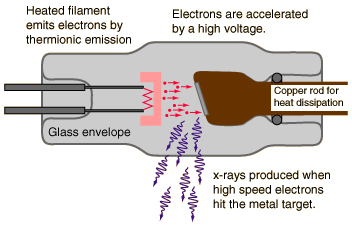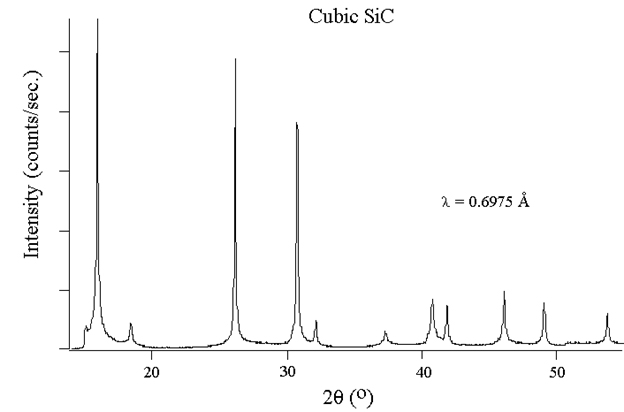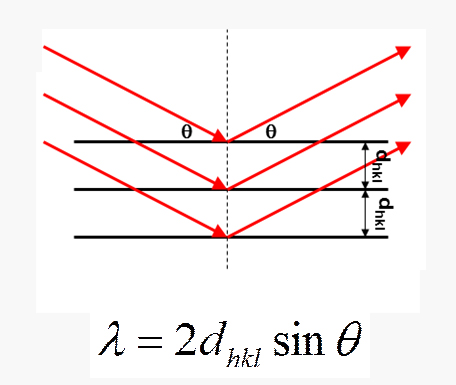Resources
1. What are X-Rays?
Answer:
- Electromagnetic radiation
- Originate in energy shells of atom
- Produced when electrons interact with a target.
2. How X-rays are produced?
Answer:
- When fast-moving electrons slam into a metal object, x-rays are produced .The kinetic energy of the electron is transformed into electromagnetic energy.

3. How X-ray Powder Diffraction Work?
Answer:
- X-ray diffractometers consist of three basic elements: an X-ray tube, a sample holder, and an X-ray detector.
- When a monochromatic x-ray beam with wavelength l is incident on the lattice planes in a crystal planes in a crystal at an angle q, diffraction occurs only when the distance traveled by the rays reflected from successive planes differs by a complete number n of wavelengths. By varying the angleq, the Bragg’s Law conditions are satisfied by different d-spacing in polycrystalline materials. Plotting the angular positions and intensities of the resultant diffraction peaks produces a pattern which is characterized of the sample. Where a mixture of different phases is present, the diffractogram is formed by addition of the individual patterns.

4. Bragg's Law
Answer:
- For parallel planes of atoms, with a space dhkl between them, constructive interference only occurs when Bragg’s law is satisfied. The X-ray wavelength ƛ is fixed. Each plane of atoms produces a diffraction peak at a specific angle q. The direction perpendicular to the planes must bisect the incident and diffracted beams.

5. What can we do with XRD?
Answer:
- Identify phase composition
- Measure unit cell lattice parameters
- Estimate crystallite size, microstrain, and defect concentration
- Measure residual stress
- Measure texture and/or epitaxy
- Evaluate thin film quality
- Measure multilayer thin film thickness, roughness, and density
- Determine orientation of single crystals
- Solve or refine crystal structures
- Analyze ordered meso- and nanostructures
- General Information on Atomic Force Microscope and Scanning Force Microscope:


